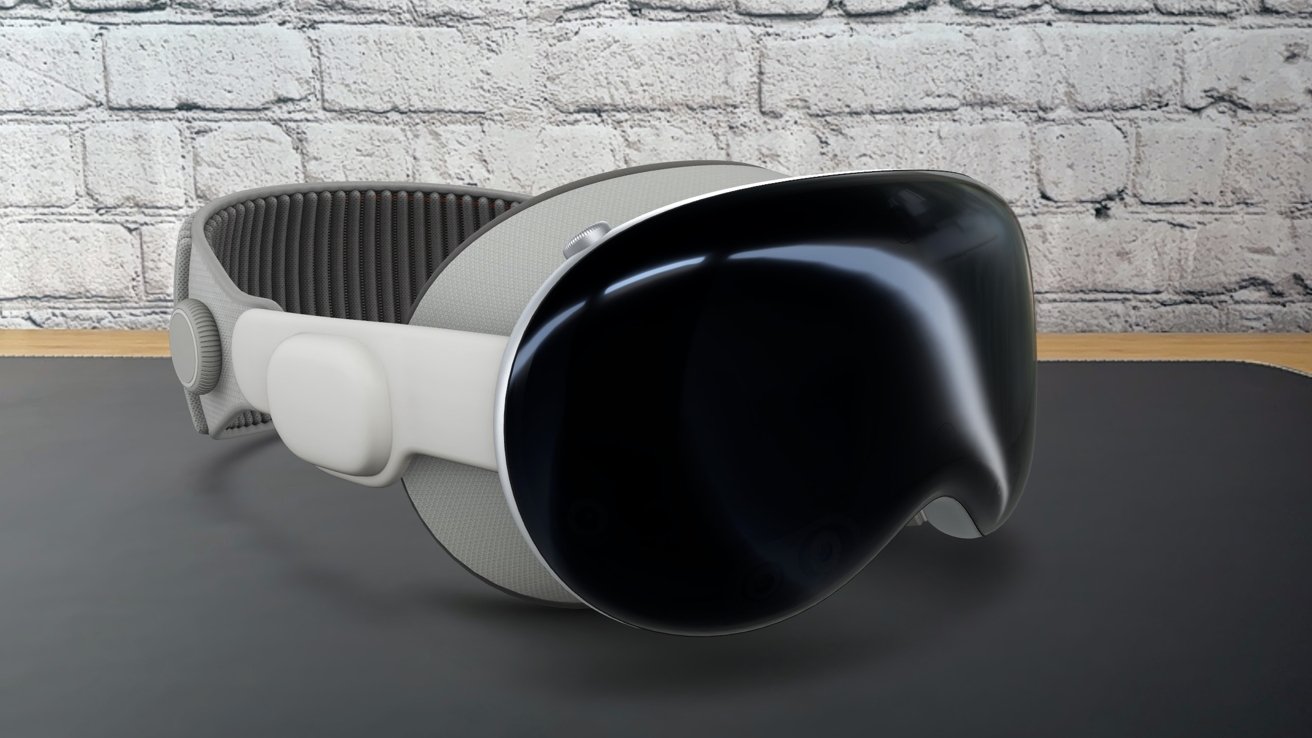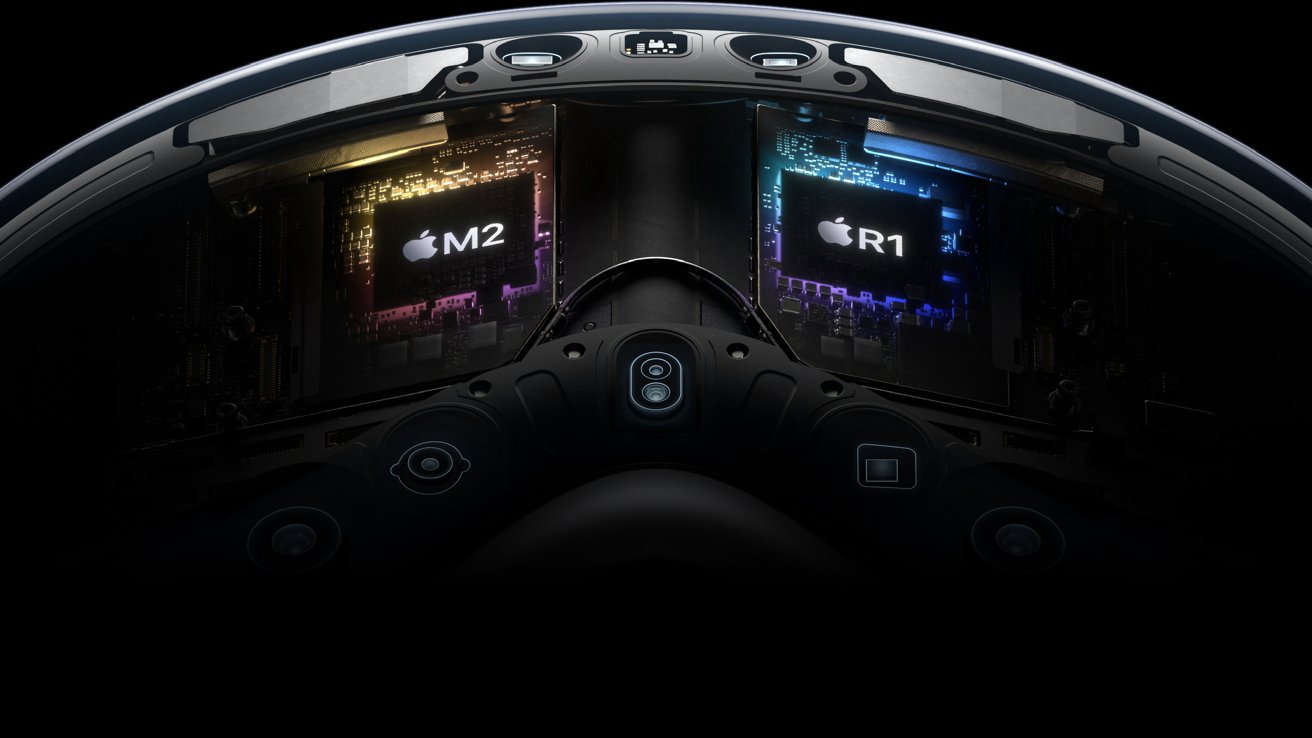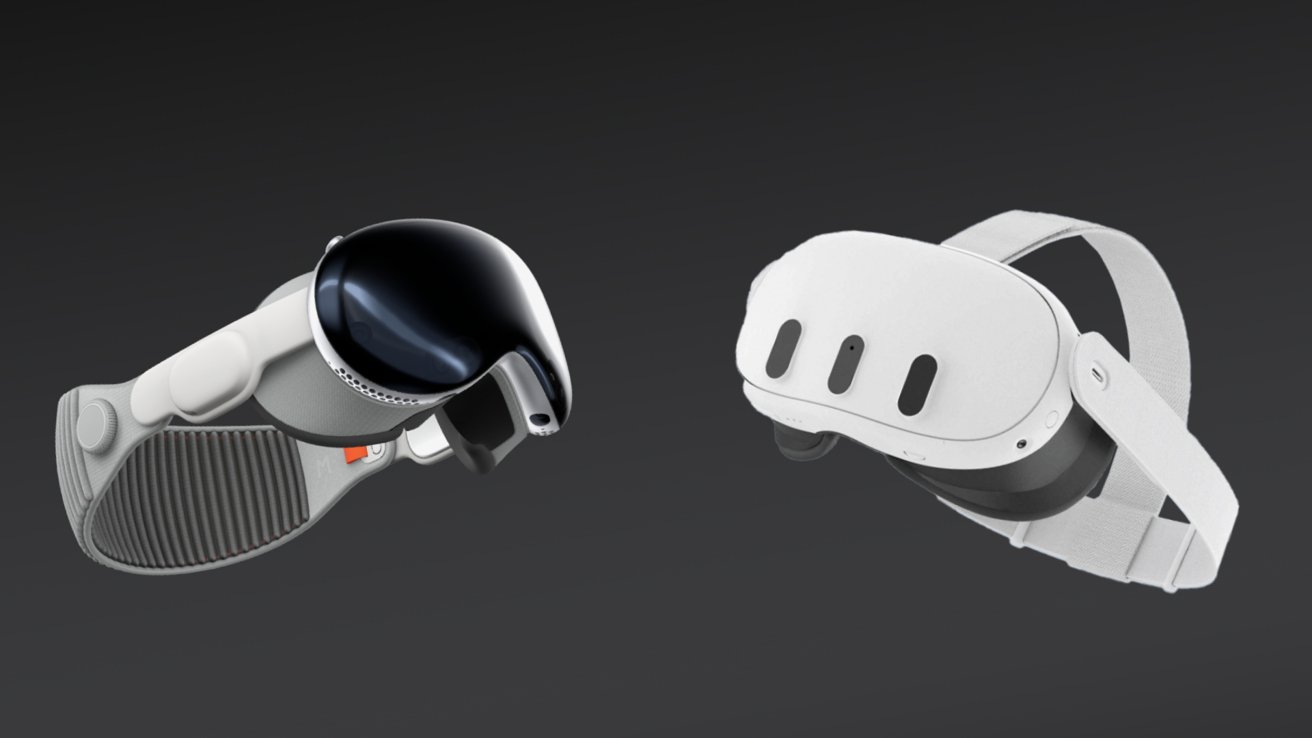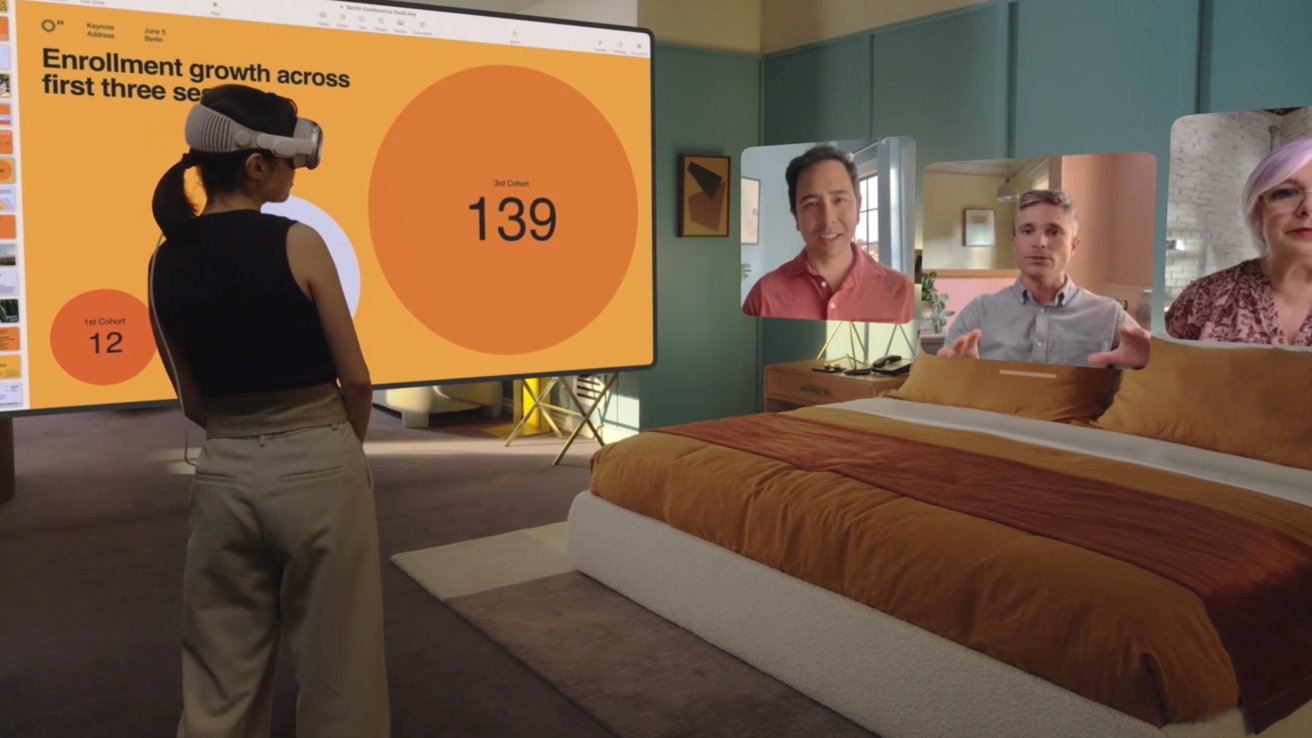The new Apple Vision Pro is the first step into spatial computing and, more critically, the development of visionOS. So, shipping the product is a win for Apple, regardless of what Wall Street prognosticates.
There is a lot of discourse surrounding Apple Vision Pro and its launch. Who is it for, why it exists, why didn’t Apple wait until it could sell you AR-equipped sunglasses, and so forth.
The answer to almost every question is simple — Apple needed to get Apple Vision Pro and visionOS out there to make any more progress. If Apple’s marketing around Apple Vision Pro is confusing or seems to be missing a killer app, it’s not just you.
Apple needs consumers and developers to show it what the device is for. And that’s not necessarily a bad thing.
There’s more to it, of course, so I’d like to break down why Apple Vision Pro will be a win — at least for Apple, itself.
$3,500 is just an early access fee
Before we dive into wins let’s discuss the price and timing. Rumors suggest we won’t see a base Apple Vision until 2026 at the earliest with Apple Vision Pro 2 in 2027, so holdouts might be waiting a while. That initial $3,500 price tag partially accounts for the advanced technology at play.
Waiting to purchase Apple Vision Pro into late 2024 or early 2025 shouldn’t prove to be a problem for consumers worried an upgrade could render the original model obsolete. The price won’t change, nor will the hardware, not anytime soon.
So, while some may save up to buy this product, put it on their Apple Card, or skip it altogether, it is increasingly a consumer-focused product as time moves forward. Regardless, it’s going to sell in low volumes no matter Apple’s pitch due to the price alone.
I believe the hardware is worth using now, with about the functionality of strapping an iPad Pro to a face. If you can work from an iPad Pro today, Apple Vision Pro likely won’t prove to be a problem in the short term — though we still don’t know how it’ll work on an 8-hour shift.
Between Apple building new operating system releases and developers making new experiences for visionOS and Apple Vision Pro, things can only improve. This kind of collaboration is a win for consumers. For example, it wasn’t until the iPhone 6 Plus that the product line exploded thanks to all the ironed out kinks and larger display option.
A win for visionOS development
Apple Vision Pro and visionOS reached their inevitable endpoint being developed in a silo within Apple Park. The product needed to be released or else become something that might look cool but be impractical in real life, like AirPower, or an AI pin.
We have seen this behavior with the Apple Watch, though seemingly with less intentionality. The company seemed to believe the Apple Watch was one thing until users showed Apple how it was actually being used, hence watchOS 2 being a big fork in development.
Apple seems to be taking a more direct approach with Apple Vision Pro. This initial piece of hardware prices out most average consumers, lacks a clear use case, and has minimal native app support at launch.
We don’t disagree with it being a development tool. That’s clearly not all it is, nor is it what Apple wants it to be in the future.
Developers and some enterprise buyers will make up most initial sales, but as the hardware evolves that mix will include more consumers as time goes on.
If visionOS follows Apple’s usual release cadence, visionOS 2 be out in the fall. By that time, Apple will likely have a much stronger pitch for Apple Vision Pro based on user and developer feedback.
An easy financial win
Apple doesn’t do budget products, so it is no surprise its first entry into spatial computing is a magnitude more expensive than competitor’s $400 headsets. Remember, this is the same company that pioneered the $1,000 iPhone X in a market filled with subsidized competitors and then succeeded at selling it despite analysts’ disbelief.
Apple Vision Pro offers technology that analyst Ming-Chi Kuo believes is two to three years ahead of Meta Quest. That technological advancement combined with Apple’s hefty margins makes the Apple Vision Pro price make a lot more sense.
Apple is trying to sell its vision of the future, today. Buying any kind of future or concept technology always comes at a premium. Try to buy one of the concept TVs shown at CES, and you’ll be set back about $150k.
Doing a little napkin math, if Apple sold about 180,000 Apple Vision Pro units during pre-order weekend alone, that’s about $680 million in revenue to start. That’s excluding accessories, Apple Care, and memory upgrades.
For reference, it is estimated Meta sold about 18 million Quest 2 headsets at a max price of $400 each. That’s 7.2 billion — so Apple made about 10% of that in the opening weekend.
It’s tough to call that a “project,” “hobby,” or “glorified dev tool.” I’d call it a win.
Time will tell what Wall Street thinks. It mostly depends on how Apple can present the product’s results.
A win for innovation
Apple doesn’t like having competition, even if it’s a net win for consumers. That’s why it often positions itself and its products above the industries it operates in so it doesn’t draw too much comparison.
For example, Apple Vision Pro is described by Apple as a spatial computing device. It’s not classic AR, VR, or even MR, and Apple doesn’t want it to be.
If we look back far enough, we can pull out odd examples of virtual reality from pop culture or a brief eye-searing experience with Virtual Boy, but VR as it exists today began rearing its head in the early 2010s. You’ve seen it — a big visor obscuring someone’s face with big controllers wrapped around a person’s hands.
The advance of technology has made VR more immersive over time, but the overall concept has remained unchanged. It’s as if Nintendo stopped at the GameBoy Color and never looked for a new form factor.
Apple Vision Pro diverges from the standard, possibly creating a fork for competitors to follow. Apple may have coined the term spatial computing, but it’s almost certain that others like Samsung will follow.
Competition breeds innovation, and Apple’s approach to motion tracking, environment passthrough, and other technologies will likely influence the entire industry. That’s another win for Apple Vision Pro, a driver of innovation in a space that kept building the faster horse of VR.
A glimpse of Apple’s future
Every new Apple product announced since 2007 has been held to the light of the more successful sibling for comparison. There’s little chance that any other product in human history, at least in our lifetimes, can come close to the success of the iPhone.
So, defining success for a product, especially one made by Apple, can be tricky. Often, analysts see numbers that companies in the industry would die for but see it as too small for Apple.
Look at the HomePod — defining it as a success or failure changes depending on who you ask. We’ll never truly know since Apple doesn’t break out sales figures, but it’s still for sale, so it’s doing something for the company.
What’s clear is Apple Vision Pro isn’t a one-off test from Apple like some kind of failed spectacles or messaging platform. It’s the start of a new platform that will define visionOS and the future of Apple hardware.
This story originally appeared on Appleinsider





